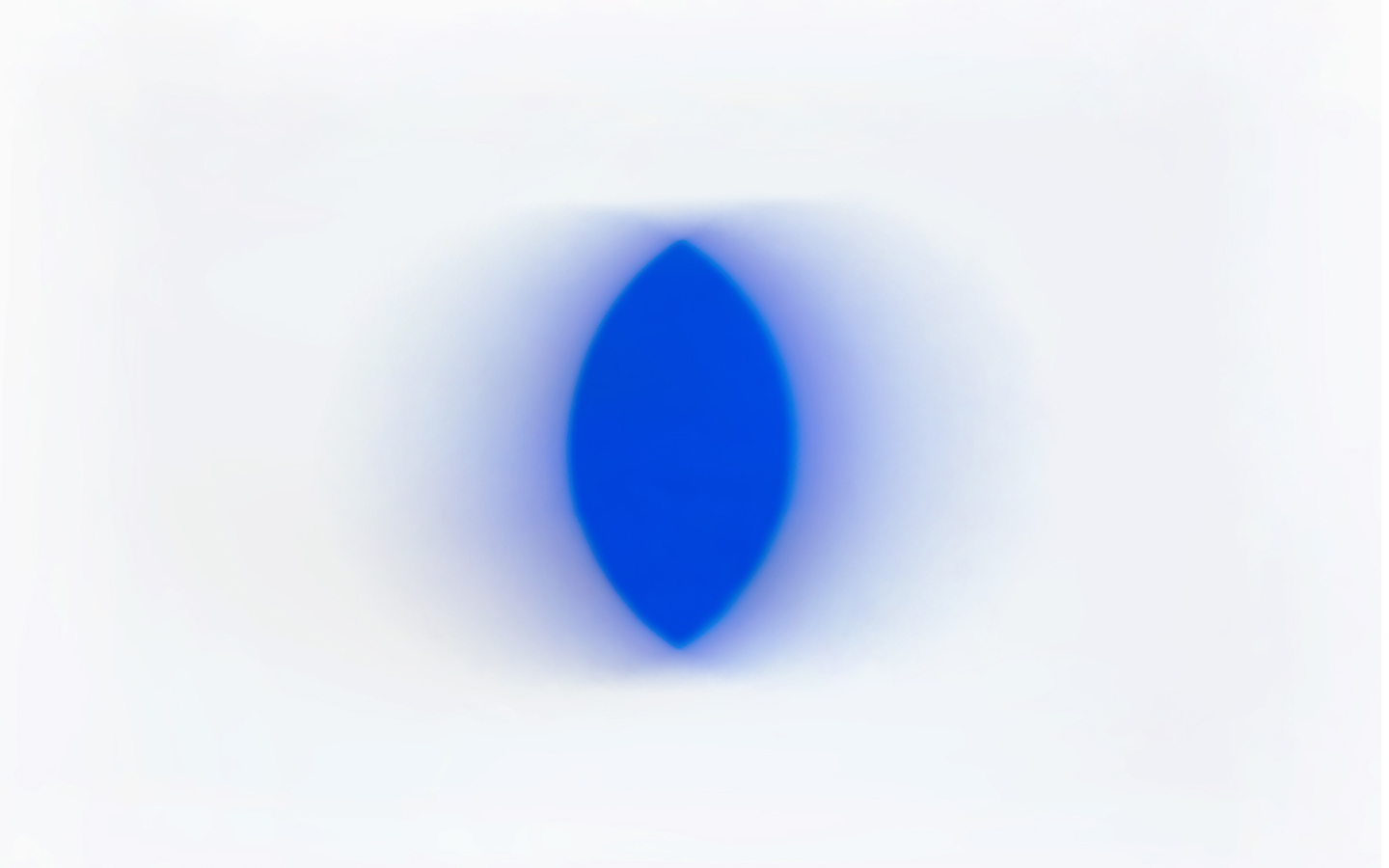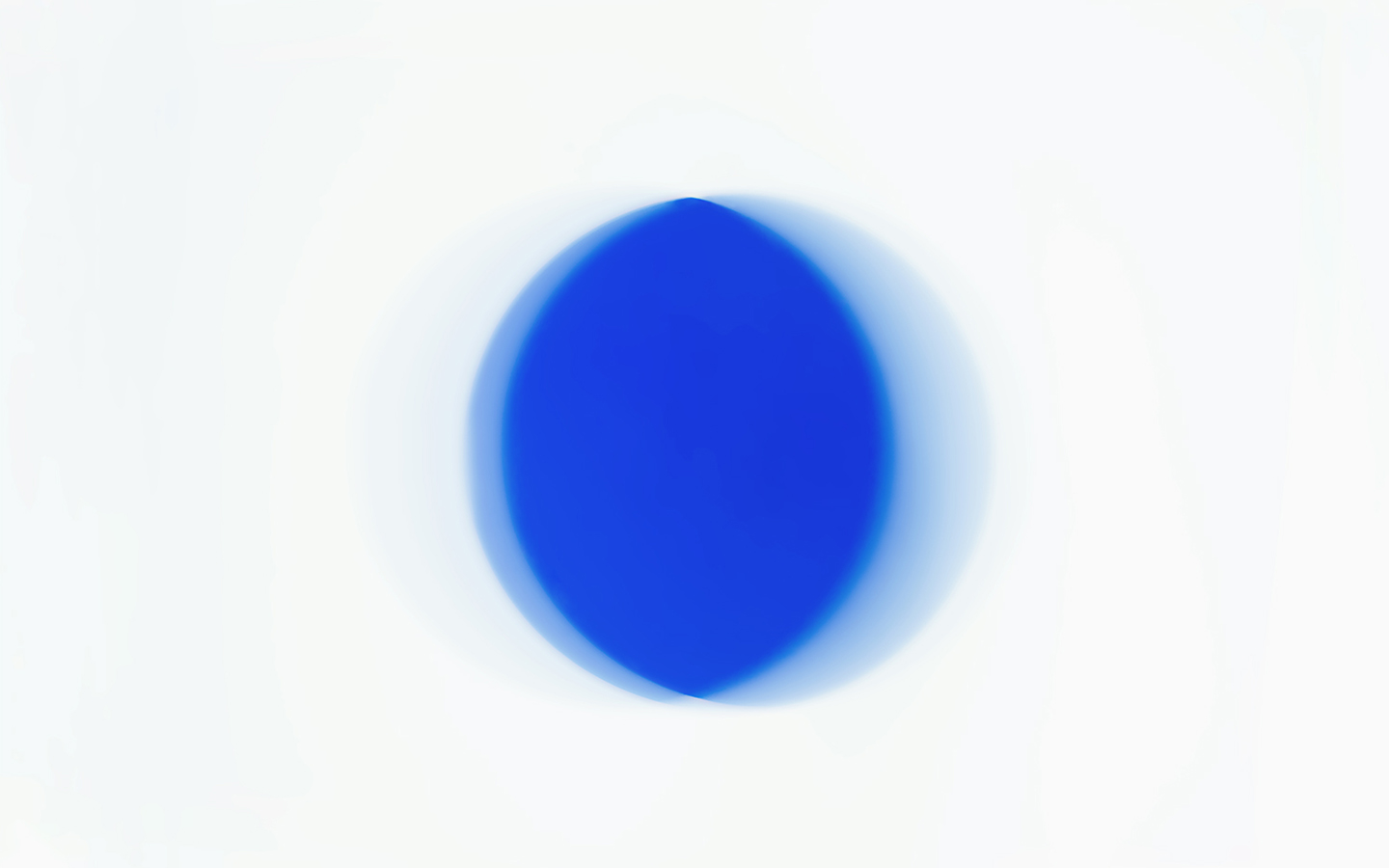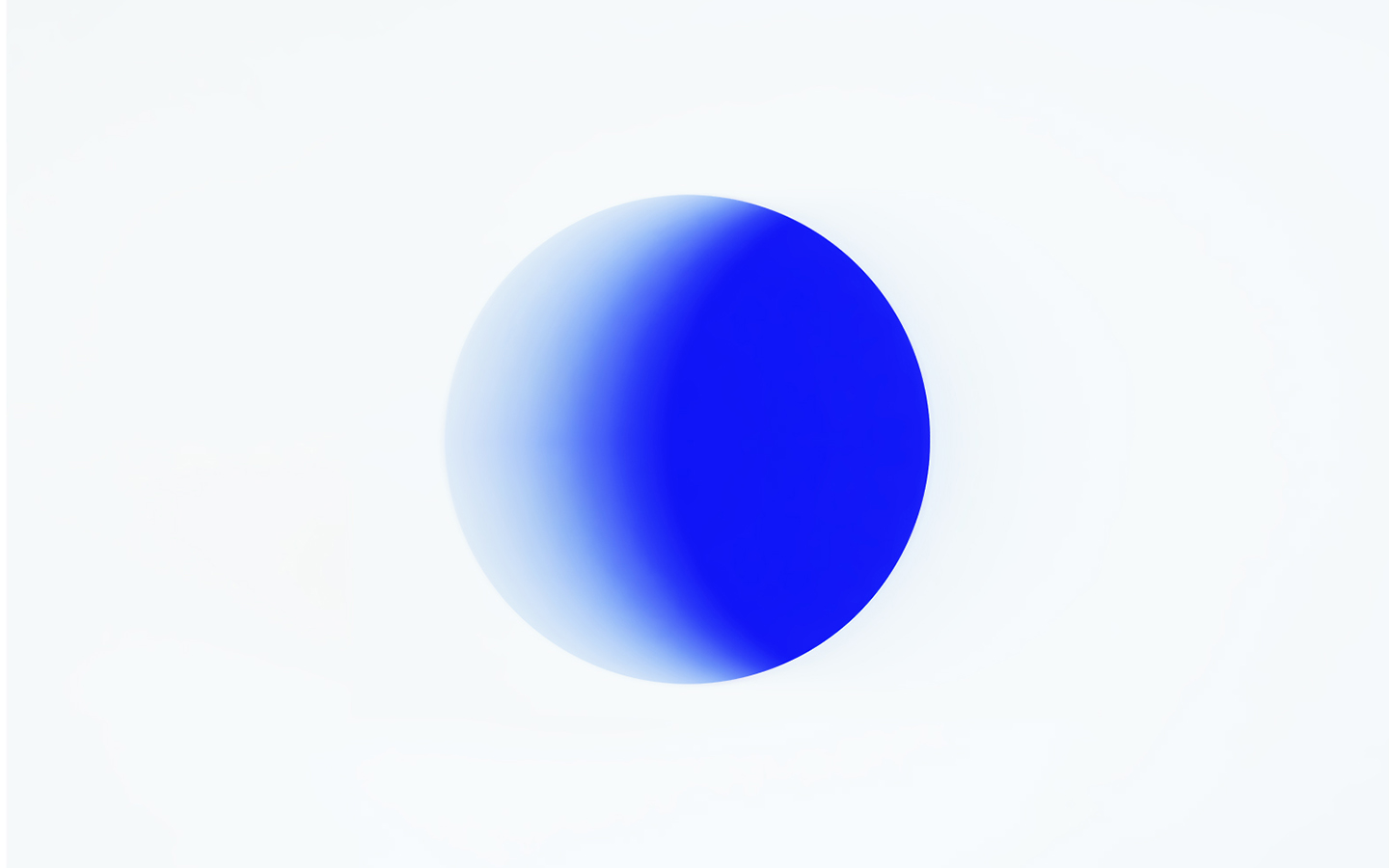

Immersion :
- The disappearance of the star eclipsed, or occulted
- Deep mental involvement
- A method of teaching a foreign language by the exclusive use of that language, usually at a special school
- The action of immersing someone or something in a liquid
Martin Levêque was 9 years old when he realized he was color-blind. It happened while drawing a poetry illustration during class: he had colored the sky in a deep purple and the roofs of houses in a strange shade of brown. Levêque’s choice of color palette took his teacher by surprise. It was then he when he realized there was something abnormal in his sight: the colors, which he thought he had always dominated, took on a new enigmatic meaning.
Although Levêque is capable of identifying bold colors, the anomaly is found with the changes of shades and tones. When a colored object is affected by environment, movement or brightness, its appearance develops into something else and thus, loses its original identity.
This body of work takes after this realization.
In Eclipsis, Levêque proposes to experiment with sky-blue - the color that he thought he had used for his childhood drawing.
Eclipsis is the name he gives to his experimentation with immersion. During this process, he aims to bring color to life by breaking it down and altering it into a new texture. For a short moment the artist’s anomaly seems to disappear, allowing him to master the feeling of his optic perception.
The name is also a nod to the celestial elements that participate in making sky-blue of a deep and complex tone. When an eclipse happens, the tone darkens and clears in 4 steps. - primer contacto - segundo contacts - tercer contacto - cuarto contacto



